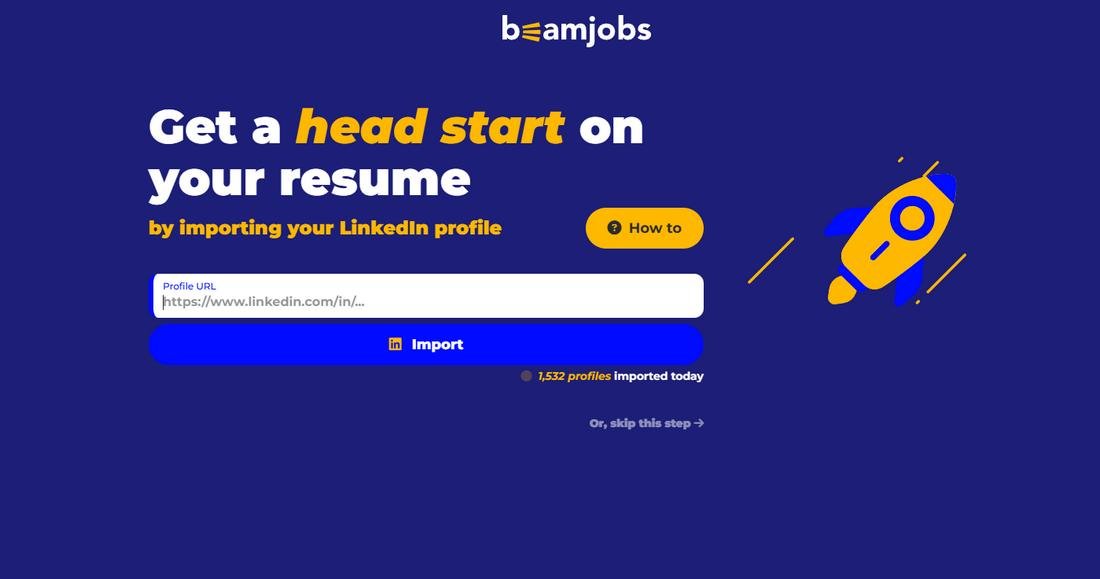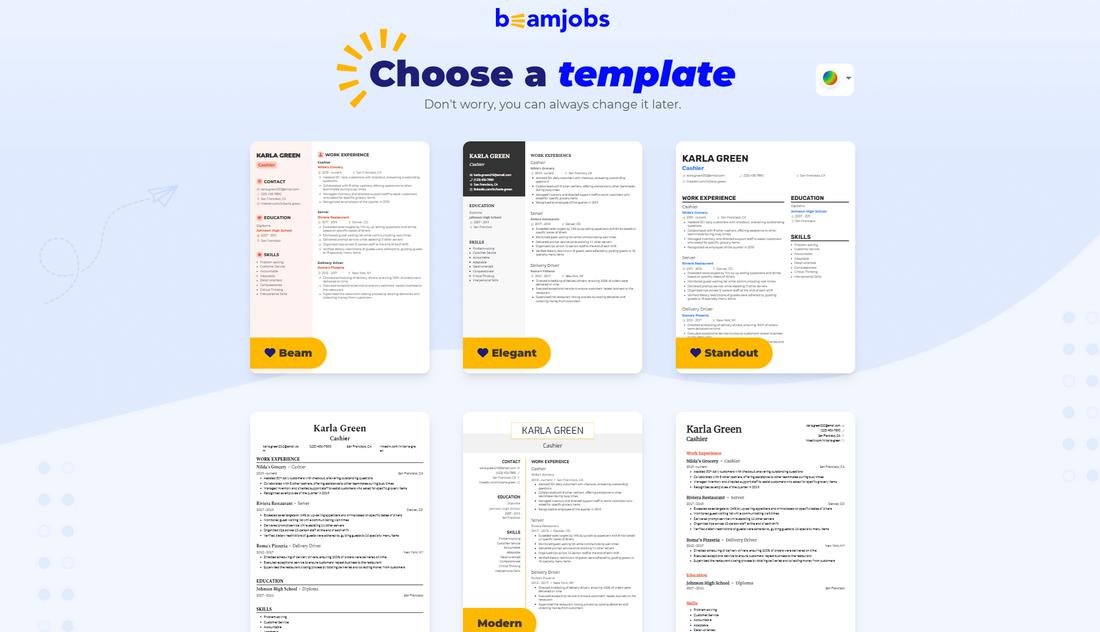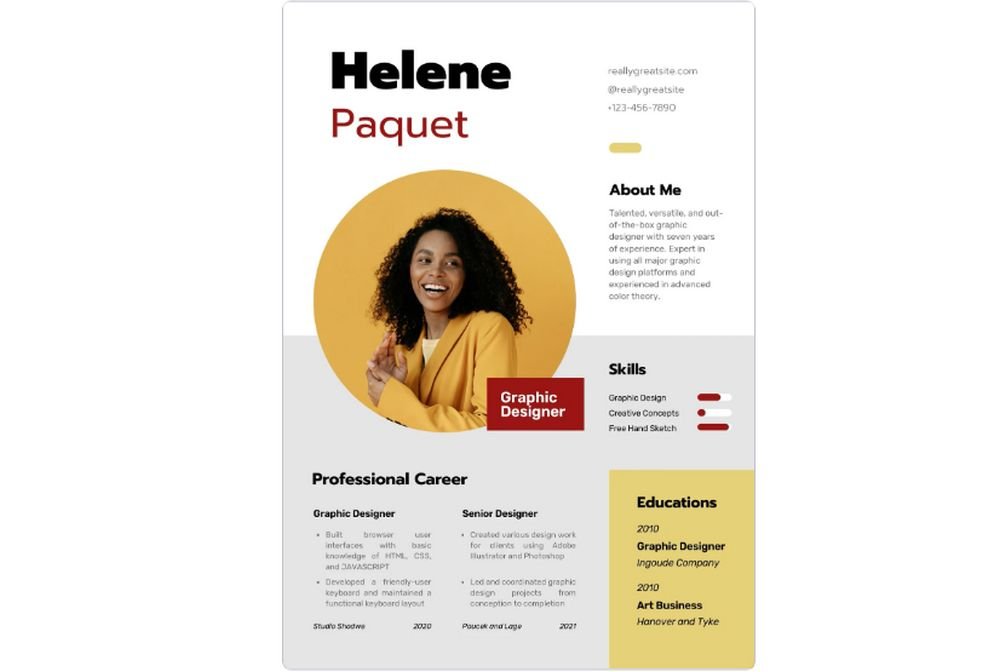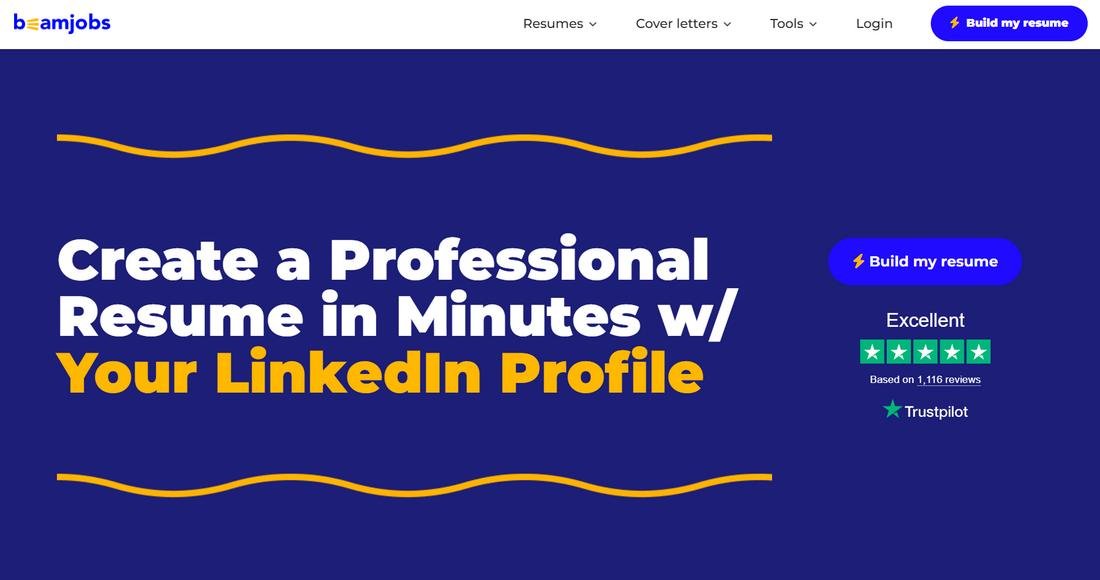When applying for jobs outside of freelance marketplaces, clients will ask for your resume.
I learned about this way too late into my career as a freelance writer, and it took me by surprise when a client asked for my resume.
Obviously, I panicked and created a basic resume. And I didn’t even get an interview!
Don’t be like me and wait for the last minute to create a freelance resume. Make your resume right now and optimize it to the fullest extent to win every job.
According to studies, recruiters only spend about 6 seconds looking at a resume before throwing it away. So, those traditional resumes that most people use to apply for corporate jobs won’t work for freelancers. You’ll have to think outside the box.
In this post, I will share with you a few uncommon tips to create a resume that stands out, especially when applying for freelance jobs online.
Let’s dive in.
1. The Copy Is Everything!

Think twice about what you write in your resume.
If you were to examine 100 resumes, you would notice that at least 90 of them have very similar descriptions with basically the same wording.
That’s because people are used to thinking of resumes as a corporate document. So they use the same boring, technical jargon to describe their skills and experience.
When creating a resume to showcase your freelancing skills, none of that is going to work.
You need to think creatively about how you describe your skills and experience. And write in a unique way that attracts the client’s attention.
You can also use persuasive words that accentuate your entire resume in a new light.
These days, most people use ChatGPT to write resumes. Don’t do that! Instead, write your own resume and then maybe use ChatGPT to improve the copy.
Or, you can get help with resume writing from a professional service. These service providers know the best tactics for creating a killer resume, so you’ll have a much higher chance of landing a job. Most platforms offer academic CV writing too.
2. Avoid The Traditional Resume Format
When talking about a resume, you will usually visualize a document that looks like this:

You need to delete that image from your mind and think more creatively.
Those old-school resume designs won’t work for online and remote clients. You should look for more creative and stylish designs that fit the industry you work in.
Keep in mind that these recruiters see hundreds of resumes every week. And most of those resumes probably look the same.
But you can definitely win over a client, say in the graphic design niche, with a layout like this:
Do your research and find a great resume design that matches your niche. Don’t cheap out and settle for a free resume template. Go for a premium resume design. It will be worth it in the long run.
3. Use A Resume Builder
Designing a professional-looking resume takes a lot of effort. And not everyone has the skill or the time to create one by themselves.
To make things worse, you usually have to spend a lot of money on expensive software, like Adobe Photoshop, to design better-looking resumes.
You no longer have to go through all that trouble, all thanks to AI-powered resume builders.
These AI tools, like BeamJobs, allow you to effortlessly create a professional resume in just a few minutes.

You simply enter your LinkedIn profile link to import all the information (you can also craft resumes from scratch).

Choose a template.

Customize and then download. That’s it!
Tools like this remove the stress of having to craft resume designs yourself, while worrying about every micro decision, and then praying to god that it will be good enough to land an interview.
4. List Case Studies Instead of Skills

A common resume includes a few traditional sections like details about education, skills, and experience.
Things are a bit different when you’re creating a resume to show off your freelancing skills.
Don’t list out your skills one by one, like this: “Freelance writer with 5 years of experience”, “worked 2 years at Forbes”.
Instead, list your case studies like this: “Wrote 20 ever-green articles for Forbes, boosting 20% of organic traffic”, or “optimized Adobe website with A/B testing, increasing conversions by 20%.”
And don’t forget to link to your detailed care study pages as well.
5. Feature Your Services

If you’re not seeking a specific position at a company and planning on offering multiple services, include a “services” section in your resume.
In this section, you should feature your services and what they include briefly and politely.
Again, you need to be careful with your wording here. Describe your services in a way that also highlights your expertise.
Formatting is another important part of writing sections like this. Don’t stuff all the details into a few paragraphs. Use things like bulletpoints and columns to improve the readability of your resume.
6. Showcase Client Testimonials

This is your time to show off, just a little bit.
Adding a few client testimonials to your resume will prove to your potential employers that you have a history of working as a professional.
You can claim to have years of experience, but what’s the point in saying that if you can’t prove it?
If you haven’t been asking and collecting testimonials from your previous clients, don’t worry. You still have time. Send them an email and ask for a short testimonial. And add that to your resume.
7. Wrap Up With A Call to Action (CTA)

End your resume with a call to action that persuades the client to take some sort of action.
For example, you can end it with a link to your portfolio website by saying, “You can view examples of my work on my portfolio.”
Or “Email me at (your email) to discuss and share my ideas for this project.”
Step into your clients’ shoes and think of what might interest them the most. And mention that in your call to action.
Conclusion
Creating a resume is a tedious process, but it’s a necessary part of maintaining professionalism in any industry. You can’t expect recruiters to trust your word, you must prove it.
One more thing: Make sure that you customize and optimize your resume for each job that you apply. It’s the key to increasing your chances of landing an interview.



